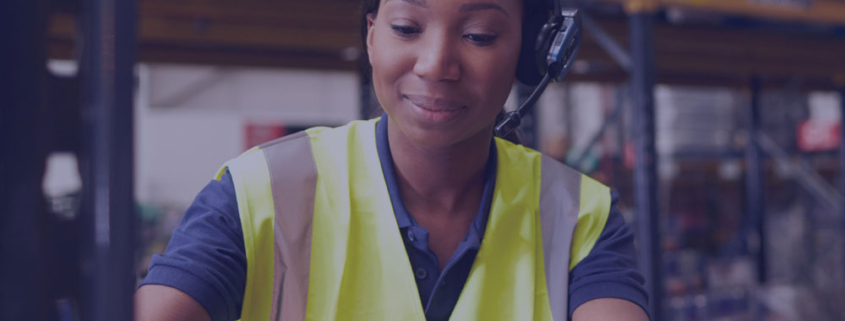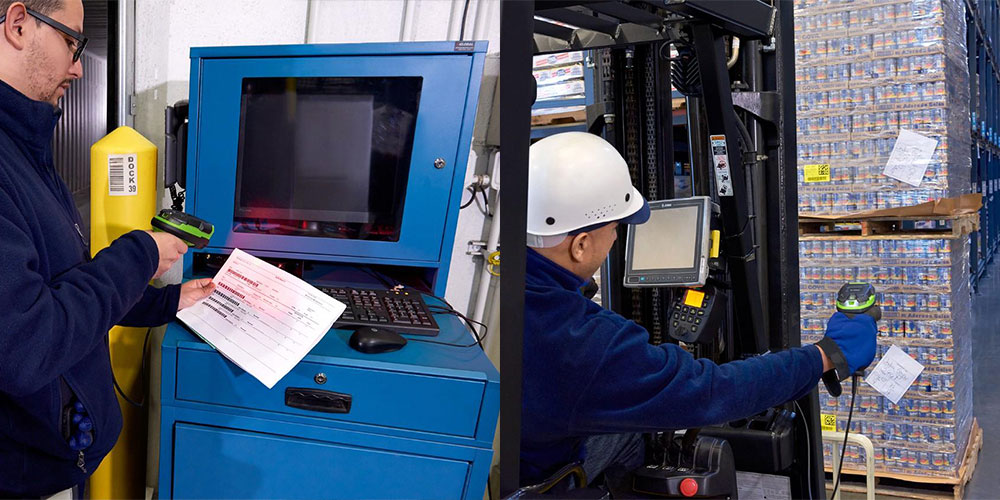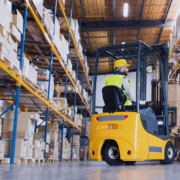The barcode scanner is designed to capture, verify, and transmit the encoded data on the barcode with near-flawless accuracy. Management relies on the real-time visibility afforded by automated data collection. So, while it’s easier to just hold onto your legacy devices, the money you think you’re saving could be offset by the comprised productivity. When you factor in the number of scans each worker reads on an average shift and the time it takes to grab each one, making the move to a purpose-built barcode scanner could produce surprisingly rapid ROI. Look at standard versus long-range barcode scanners. Which do you need for the most efficiency?
Differences Between Standard and Long-Range Scanners

Long Range Scanner Scanning Barcodes from a distance
A standard range barcode scanner will easily grab barcodes as close as a fraction of an inch or as far away as a few feet. It’s a great solution for industries like retail and healthcare and doing inventory where the items are in close range, like office supplies.
Other environments—including warehouses, plant floors, docks, yards, and terminals—benefit from a long-range scanner, which can read a barcode as far away as 70 feet. If you have products high on a rack or not easily reachable, along- or extended-range barcode scanner will prevent your workers from dangerously trying to scale obstacles in order to read a barcode. You’ll also save the time it takes for them to capture that scan.
Can we use a long-range barcode scanner for other purposes?
One of the questions that Avalon Integration’s customers often ask, is “Can we use a long-range barcode scanner for other purposes?”. With the right technology, the answer is, “Yes.” The scanning engine in an extended-range scanner allows for a broad read range, which can span a few inches to a long distance. The Zebra LS4308-ER reads from as close as .25” to as far away as 45 feet. Zebra’s corded DS3608-ER and cordless DS3678-ER have a read range from 3 inches to 70 feet. These two models are part of the Ultra-Rugged Series so you also get the most durable scanners on the market!
The scanning distance is a key factor in your choice of barcode scanner. You should also add in the value of the ease of use, ergonomics, battery life, and scanning performance. If you often encounter barcodes that are hard to read, look for a device that can handle scratched, smudged, and dirty barcodes. Some scanners can capture barcodes that are covered with frost or under shrinkwrap, so be sure you understand the functionality of the barcode scanners you’re considering.
Avalon Integration has more than 20 years of experience dealing with automated data collection. We know the technology and what it can do. Talk to us to determine the right choice for your applications.













